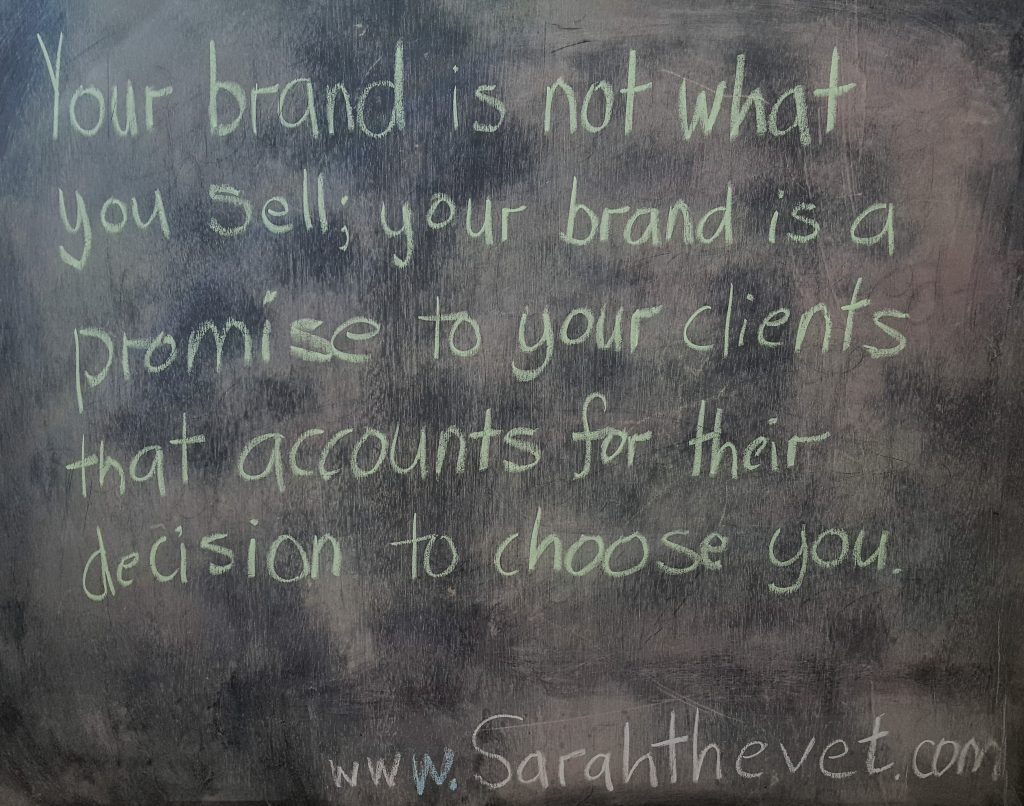How about if I tell you about how you can improve your chances of recruiting even before you start the process? Too good to be true? Read on and I will explain.
Recruitment has never been harder, even being labelled a ‘crisis’ by some. It certainly feels like a crisis if you have unfilled vacancies in your business which are forcing you to cut back on services or put current employees under pressure, risking their satisfaction at a time when you can least risk losing them. But, did you know that there are some practices that have no problem with recruitment? Yes, really. So, what can we learn from these practices and companies?
The practices that don’t have a crisis in recruitment have something in place that means they are automatically and unconsciously ahead of the rest of the field before they even start looking to fill a role. That something is reputation. (A good one, obviously, reputation works both ways). They often don’t need to openly advertise a vacancy and if they do, it is only for a few weeks. This is because with a positive reputation, they can draw on previous contacts (people sending in CVs, contacts from previous recruitment, students doing EMS with them, etc.). Even if those contacts don’t take the job, they can contact potential employees of interest and word of mouth will be more effective as the potential employees are aware of the practice and what it stands for. As a practice or company, you can directly build a reputation and this ties into branding, but your current and past employees are your best ambassadors and their word of mouth with their contacts will have a very powerful message. Do they love their job and your company enough to tell others about it? Or was their experience more negative, in which case they’ll probably – unfortunately – talk rather more freely.

Here we come to the second thing to learn; branding. No, not your employees, that kind of thing just doesn’t done any more, I mean having a strong and consistent positive public face for your business. Your practice brand is not just about marketing your services to potential clients but also to potential employees. The practice website has less traction with potential customers than the obvious things like catchment area and price, but it will be one of the key things a potential employee will check. Practice visibility in the profession is important too; do you support employees who build your brand outside of the physical practice by such means as being active in professional societies and the local community, presenting at CPD events, or writing in the veterinary media?

Thirdly, being ahead of the curve is important in a tight employment market. Some recruitment requirements come out of the blue such as changes in an employee’s domestic circumstances, but some such as practice growth are easily planned for. If it is planned, what level of service do you want to provide and therefore what is your optimal number of active clients per vet, moving annual total, annual client yield, etc; can you maintain these with your current number of vets or do you need to recruit? Are you planning on opening a new branch in the next couple of years? These are some things you need to be constantly monitoring so you can anticipate the need before it becomes reality and, importantly, long before it becomes acute enough to verge on “crisis”. What is your natural employee turnover rate? There will always be staff turnover for a number of reasons and if you are a larger company then planning ahead for this will pay dividends for when the need arises.

Remember you still need to be slick and professional in the process of filling any vacancy. If you don’t reply personally to those that send in CVs – yes, that includes “thank you for sending it and we’ll contact you again once we’ve reviewed all CVs”, and “I’m afraid your application wasn’t successful” – then that potential employee will maintain a negative opinion of you. They will be less likely to apply in the future and more likely to tell people that they heard absolutely nothing and were left to dangle for weeks wondering whether you’d even received their CV or, just as bad, only received a dismissive boilerplate answer from you. You need to work at keeping the good contacts active and thinking well of you and this takes effort – making sure you reply to those potential employees contacting your company, re-affirming those contacts on a regular basis, taking time to get them to come and visit you. In short, making them feel like valued individuals; it doesn’t cost you anything beyond a little extra time and empathy.
Conversely some practices have an issue with negative reputation. There is unlikely to have been one issue that led to this but a compounding effect of multiple factors such as unfavourable word of mouth contacts or stories, and possibly the effect of having an advert consistently in the vet press. Just as with client negative reviews, the adverse effects are much more pervasive than any positive that might counteract them.
Now, none of these ideas are going to be quick fixes to plug the recruitment gap that you have right now. These ideas are for the long-term; they will improve the health of your practice so that in the future you are less likely to be looking into the dry pot of ‘recruitment need’. Yes, they will take effort, foresight and change but the benefits are in improving your chances of being successful in your hiring process. Yes, that’s right; improving your chances before you even know you have the need. Isn’t it time you took a look at your reputation and branding in the recruitment process?
One more thing to ruminate on. In your current need, please don’t be tempted just to hire someone with a heartbeat and MRCVS after their name. The person you hire must be the right fit for your business and your team, otherwise you are not doing each other any favours, and your brand-building will take a distinct step in the wrong direction.


Leave a Reply